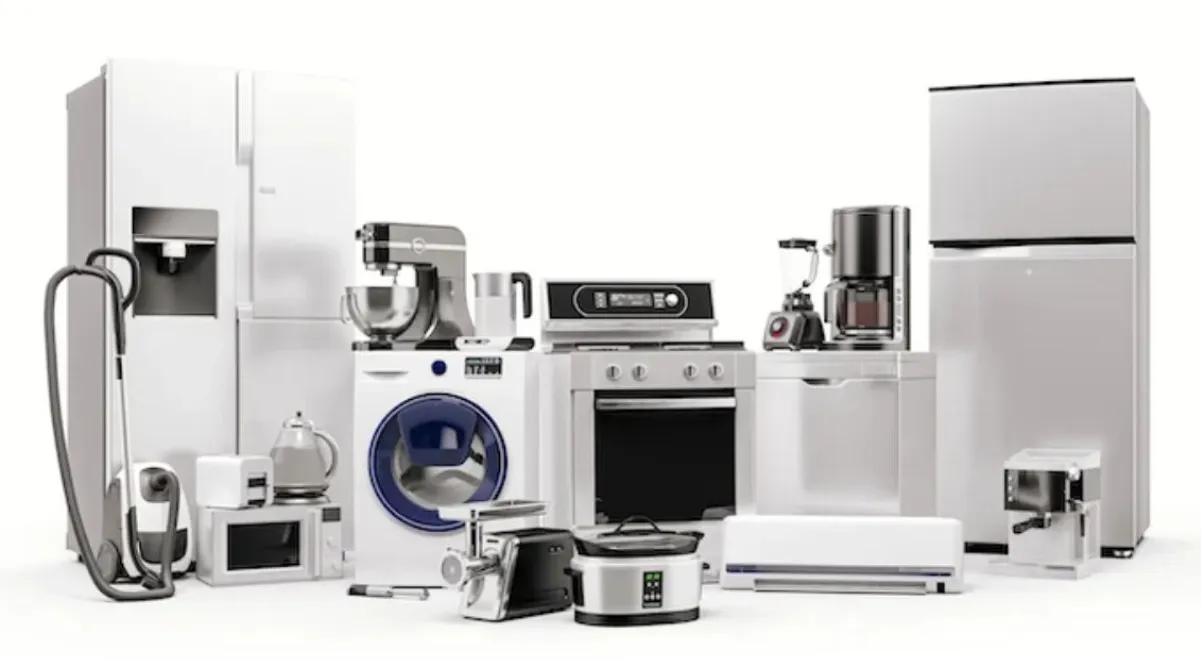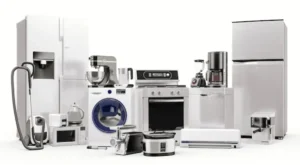Home appliances power the everyday rhythm of modern living: cold groceries stay fresh, clothes emerge clean and dry, and dinner is on the table right when you need it. Because these machines work quietly in the background, it’s tempting to adopt a “set it and forget it” mindset—until an inconvenient breakdown brings everything to a halt. In most homes, the smartest shift is from reactive fixes to proactive care; that often means building a repeatable routine and partnering with specialists—using services like Appliance Repair to transform occasional, stressful emergencies into a predictable maintenance cadence that saves time and money.
Why maintenance reliably beats “run-to-fail”
A run-to-fail strategy looks thrifty—right up to the moment of failure. When a fridge gives out before a holiday weekend or a dryer dies on laundry day, costs go beyond parts and labor: you lose food, time, and sanity. Maintenance flips the cost curve. Clean coils lower compressor heat; clear dryer vents shorten cycles; fresh dishwasher filters protect pumps. These are low-effort interventions that dramatically reduce wear.
Simple ROI snapshot: Suppose an annual tune-up across key appliances costs $150 and prevents one $450 repair per year. Net savings: $300. That’s a 200% ROI before you count lower utility bills and fewer emergency call-outs.
How electric appliances actually wear out
Most failures are cumulative, not catastrophic. The drivers are predictable:
- Heat & friction: Motors, bearings, and fan assemblies degrade as temperature and load rise.
- Restricted airflow: Dust on fridge coils or lint in dryer ducts forces components to overwork.
- Residue & moisture: Dishwasher sumps, washer door gaskets, and detergent build-up stress pumps and seals.
- Electrical fatigue: Loose terminals carbonize, connectors discolor, and voltage irregularities punish control boards.
A good maintenance plan directly counters each driver, lowering thermal stress, restoring airflow, clearing water paths, and catching electrical wear before it cascades.
The R–S–A cadence (Routine, Seasonal, Annual)
Think in layers so tasks are small and repeatable.
Routine (monthly):
- Refrigerator: Wipe door gaskets; check that a paper slip grips firmly when closed.
- Dishwasher: Rinse filter; inspect spray arm holes for clogs.
- Washer: Run a drum-clean cycle; leave the door ajar after use.
- Dryer: Clean the lint screen every load; confirm exterior hood flaps open freely.
- Range/Wall Oven: Spot-clean spills to keep heat distribution even.
Seasonal (quarterly):
- Refrigerator: Vacuum the grille; confirm temps near 3–4 °C for the fridge and –18 °C for the freezer.
- Laundry pair: Verify the washer is level and the dryer has strong exhaust airflow.
- Dishwasher: De-scale where water is hard; check door seal compression.
- Range hood: Degrease filters; ensure suction captures steam effectively.
Annual (deep service):
- Pull the fridge to clean condenser coils thoroughly and inspect the evaporator fan.
- Inspect dryer belts, idler pulleys, and drum bearings; clean the entire vent run.
- Remove dishwasher sump debris; check inlet valves and look for seepage.
- Calibrate oven temperature; examine element connectors and door hinges.
Efficiency dividends you can measure
Small amounts of dirt and restriction translate into big energy waste. Clean coils can trim fridge runtime noticeably. A fully cleared dryer vent reduces cycle minutes and motor heat. Over a year, these minutes and degrees add up—lowering bills and extending component lifespan.
Safety benefits you shouldn’t overlook
Heat is the enemy of reliability—and safety. Restricted airflow and loose electrical connections raise temperatures exactly where you don’t want them. Periodic checks spot discoloration, fraying, or scorching before these become hazards.
DIY vs. professional: where the line sits
- DIY wins: Surface cleaning, basic leveling, gasket care, filter maintenance.
- Pros win: Anything with sealed systems, internal electrics, control diagnostics, or disassembly that could void warranties. An experienced tech also recognizes patterns—“that intermittent buzzing hints at a roughening fan bearing”—that you might miss.
A one-page “maintenance ledger” that actually gets used
Keep a single checklist in a utility closet. Columns: Date / Appliance / Task / Notes. Snap a quick photo after coil cleanings or vent clear-outs. This micro-record shortens future diagnostics, helps with warranty claims, and even boosts buyer confidence if you sell.
Case study: the noisy fridge that dodged a four-figure repair
A homeowner noticed longer compressor cycles and a faint rattle. Quarterly service found 6–7 mm of dust on coils and a slightly bowed door gasket. After a 20-minute cleaning and gasket re-seat, runtime dropped, noise stabilized, and compressor temps cooled. The $0 parts fix likely averted an early compressor failure.
When to retire rather than repair
Maintenance extends life, not immortality. Consider replacement if:
- Multiple major subsystems fail in quick succession,
- Measured efficiency lags far behind modern models and the payback window is short,
- Or safety-critical damage exists (melted connectors, insulation breakdown).
Putting it all together
Regular maintenance is a compounding investment. Each small task lowers heat, friction, residue, and electrical stress. Paired with timely professional Appliance Repair, it keeps your electric appliances efficient, safe, and serviceable for years beyond the “run-to-fail” alternative.














